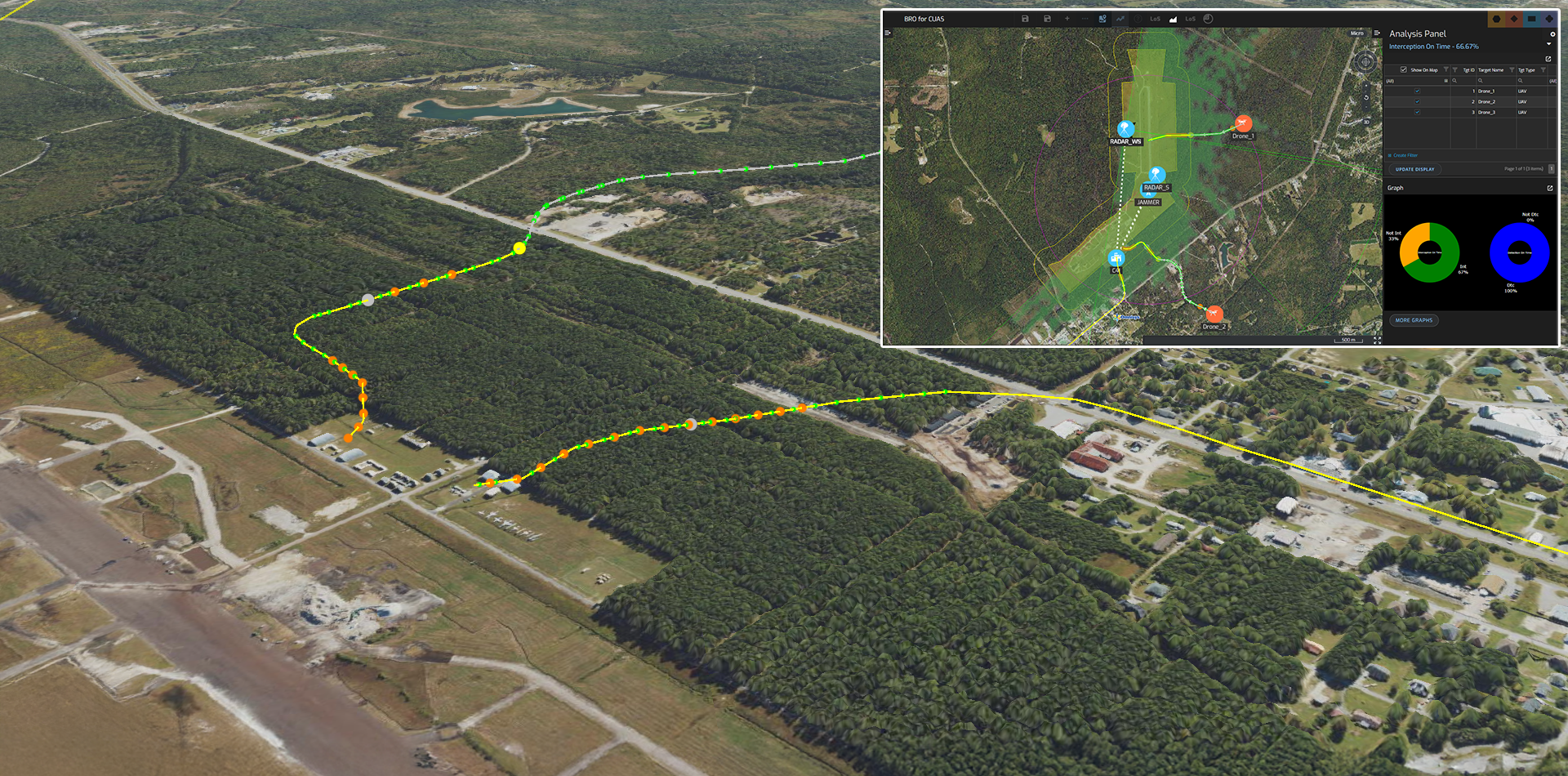By: Arie Egozi
In a development that could reshape how airports defend critical gates, Israeli company Omnisys has introduced a new mission capability for its Battle Resource Optimization Counter-UAS system, known as BRO. The real-time, physics-aware platform promises to help airport operators deploy and manage counter-UAS assets with unprecedented precision. This tech will keep runways open while staying compliant with evolving regulatory expectations.
Across Europe and the United States, airports have endured a string of disruptions tied to unauthorized unmanned aircraft. Munich Airport faced repeated shutdowns within a 24-hour window, Copenhagen and Oslo logged partial closures, and the U.S. Federal Aviation Administration notes thousands of drone-related alerts each year. The ripple effects are costly. Flight delays cascade into millions of dollars in losses and can damage an airport’s reputation and operational stability. Against this backdrop, the BRO platform positions itself not as a mere sensor add-on, but as a strategic companion to existing security architectures.
The core promise of BRO is optimization. By integrating live environmental inputs with physics-based models, the system helps security teams determine where detection gaps exist, which assets should be prioritized and when it is appropriate to resume operations after a disruption. This site-specific, proportionate approach aligns with guidance from aviation authorities that emphasize calibrated responses to UAS threats. Rather than triggering blanket shutdowns, BRO supports calibrated decision-making that can minimize unnecessary interruptions and associated losses.
BRO’s technology continuously maps vulnerabilities and adapts to the operational environment. It factors terrain, infrastructure layout, spectrum conditions and electromagnetic interference into an evolving risk picture. The result is a decision layer that can be integrated with airport command-and-control systems (C2) or deployed as a stand-alone advisory tool. Operational staff gain access to high-fidelity simulations and analytics that visualize current defensive coverage and highlight degraded performance. This enables rapid, data-informed corrective actions.
The value proposition of BRO extends beyond safety and throughput. By reducing disruptive downtime and supporting regulatory compliance, it offers a clear route to more predictable operations and faster, defensible returns to normalcy after an incident. It also provides airport authorities with a transparent framework for asset acquisition and deployment. It potentially streamlines procurement decisions in a landscape of tightening budgets and evolving standards.
“BRO gives security decision-makers the ability to make informed choices about which systems to acquire, where to deploy them, and how to operate them, ensuring effective protection while minimizing disruption, which can sometimes result in millions in losses and long-term harm to an airport’s stability,” stated Alfred (Fredi) Tzimet, Deputy CEO of Omnisys. “Its optimization-driven approach empowers authorities to maintain airport functionality and safety even under evolving aerial threats.”
As airports continue to grapple with the threats posed by unauthorized and hostile UAS, solutions that blend advanced analytics, real-time guidance and seamless integration with existing security ecosystems will likely gain traction. BRO’s emphasis on site-specific planning and adaptive response stands out in a field where the cost of disruption can be measured in both money and time, and where the demand for agility and accountability is higher than ever.

